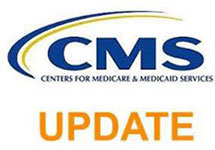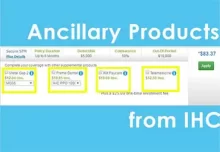Health insurance can be separated into two broad categories: indemnity and managed care health plans.
Indemnity
An indemnity plan, also known as a “fee-for-service” plan, provides the freedom to choose the providers and hospitals you want to attend. The insurance company becomes responsible for a portion of the charges.
How It Works
With an indemnity plan, you can see any doctor of your choosing without a referral. Even if you wanted to go to a particular doctor, the insurance company would not force you to choose a primary care doctor. This type of plan may require you to pay upfront for services and then file a request for reimbursement.
Usually, there is an annual deductible that you will be required to pay before the insurance company will begin paying your claims. Once you meet your deductible, the insurance company will pay the claims at a percentage of the “usual, customary and reasonable rate” (UCR) for whatever service received. The UCR is the amount that providers in your area charge for a particular service.
Managed Care
Managed care plans are a type of health insurance. So they can provide care at a lower cost, the plans have contracts with various health care providers and medical facilities. The plan’s network is made up of certain providers, and the network rules decide how much of your expenses will be paid for by the plan.
There are three types of managed care plans.
Health Maintenance Organization (HMO)
An HMO is the least expensive form of managed care plans. After joining, you pay a fixed monthly premium. There are also small fees, or copays, for doctor visits and prescriptions. There is a list of doctors and hospitals that each plan has, and you can only choose a primary care physician (PCP) from that list. These plans do not usually provide coverage for anything outside of the network.
Preferred Provider Organization (PPO)
PPOs and HMOs are quite similar in the way that there is a fixed monthly fee and co-payments for doctor visits. The primary difference is that there are more choices in providers. The PPO will cover expenses but only at a smaller percentage to receive care outside of the network. Having more provider choices is a benefit, but it makes the PPO the most expensive managed care plan.
Point of Service (POS)
POS medical plans have low costs compared to HMOs and PPOs. The way it works is by choosing a PCP within a network. The physician would then become the “point of service”, and they can refer you to other services outside of the network but with limited coverage. A POS plan requires that the individual fill out all their paperwork and keep track of receipts.
Agents
We hope this information on indemnity and managed care is helpful to you.
Empower Brokerage is dedicated to helping you educate your clients on the insurance they need and staying on top of their health. Whether it’s through webinar training, one-on-one calls, seminars, or marketing plans. We want you to be successful. Give us a call if you have any questions 888-539-1633.
Quick Links:
Kayla is a graduate of Texas A&M University and joined the marketing team at Empower Brokerage in early 2021. She creates content for the company websites and assists with various marketing campaigns. LinkedIn Profile





